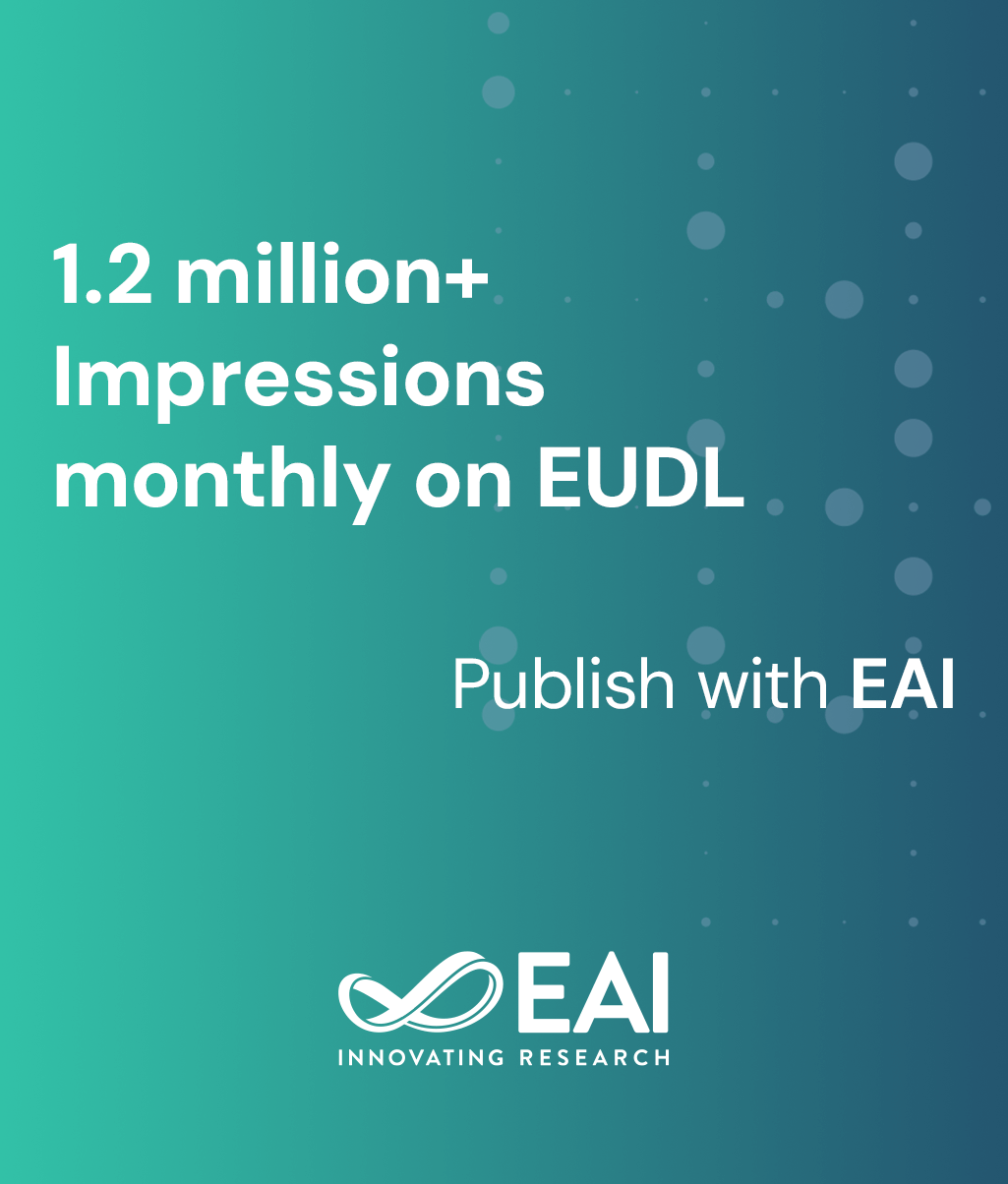
Editorial
Modeling and simulation of control strategy for voltage source converter multi-terminal DC system
@ARTICLE{10.4108/ew.9114, author={Xingchao Zhang}, title={Modeling and simulation of control strategy for voltage source converter multi-terminal DC system}, journal={EAI Endorsed Transactions on Energy Web}, volume={12}, number={1}, publisher={EAI}, journal_a={EW}, year={2025}, month={4}, keywords={improved DC voltage droop control, wind farm, VSC-MTDC, VSC}, doi={10.4108/ew.9114} }- Xingchao Zhang
Year: 2025
Modeling and simulation of control strategy for voltage source converter multi-terminal DC system
EW
EAI
DOI: 10.4108/ew.9114
Abstract
An improved strategy for controlling DC voltage droop is proposed to solve the problems of conventional DC voltage droop control strategy, such as the received power of converter stations is distributed according to fixed proportion, the power variation amplitude is large, the power regulation ability is easy to lose when reaching the upper limit, and there is obvious voltage deviation. A three-terminal VSC-MTDC system model including wind farm was constructed by Matlab/Simulink. According to different conditions of power fluctuation caused by wind power output variation, simulation and analysis of VSC active power and DC voltage variation were carried out. Simulation results showed that the improved strategy for controlling DC voltage droop proposed in this paper made the converter station retain more power regulation margin when the converter station absorbed more active power, and could prevent the converter station from losing its power regulation ability when the power reached the upper limit, and realize reasonable power distribution among converter stations. Meanwhile, the proposed control strategy could maintain DC voltage constant, which verified the feasibility of its application in wind power grid-connected flexible DC transmission system.
Copyright © 2025 Xingchao Zhang, licensed to EAI. This is an open access article distributed under the terms of the CC BY-NC-SA 4.0, which permits copying, redistributing, remixing, transformation, and building upon the material in any medium so long as the original work is properly cited.


